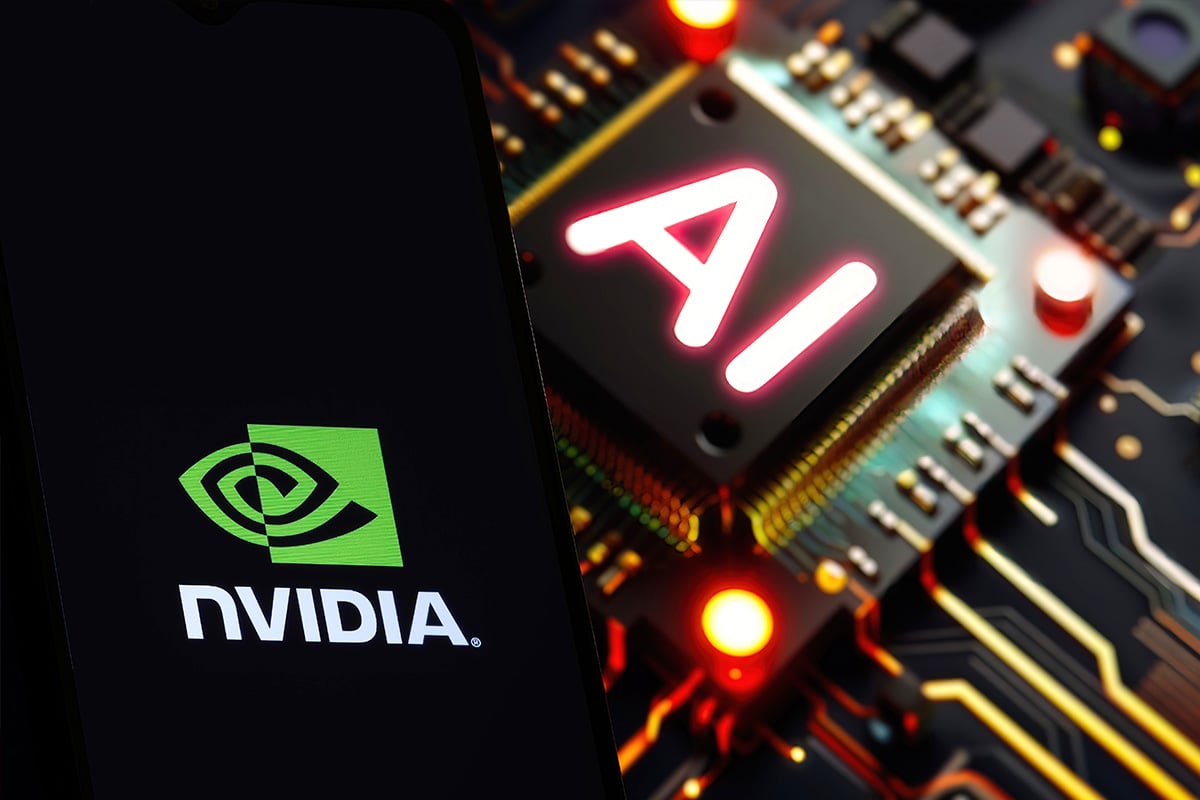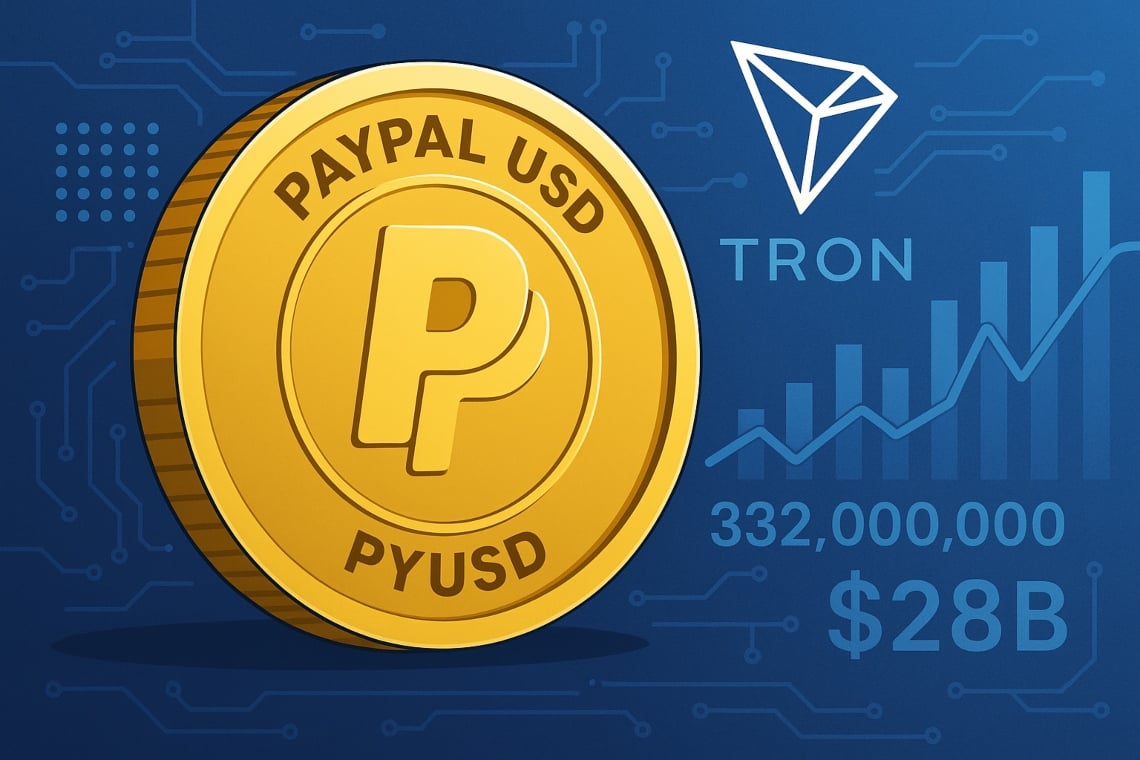Jump’s Firedancer Team Proposes Removing Solana Block Limit After Alpenglow Upgrade
PANews reported on September 29th that according to The Block, Jump Crypto's Firedancer team is building a high-performance client for Solana. Their SIMD-0370 proposal proposes removing the current fixed limit of 60 million CUs per block (a previous proposal had raised this limit to 100 million) after Solana's major Alpenglow upgrade, scheduled for testing later this year. Without a fixed limit, block size would adjust based on the transaction volume accommodated by high-performance validators, while weaker validators would automatically abstain from voting on oversized blocks by skipping the voting mechanism. The proposal argues that removing the limit would encourage well-funded block producers to upgrade their hardware and add more transactions to increase revenue, incentivizing others to follow suit, creating a "flywheel effect" and increasing the average capacity of validator clients. Roger Wattenhofer, head of research at Anza and a driving force behind Solana's Alpenglow upgrade, supports removing the limit but also expresses concerns about potential centralization and network stability risks. He stated that these issues are solvable and that he has been a staunch supporter of removing the limit.
You May Also Like

Nvidia Partners with Former Crypto Miner Nscale for UK AI Infrastructure Project

Top Crypto Coins to Invest in October 2025: AlphaPepe Presale, Chainlink Growth, and Ethereum Momentum
